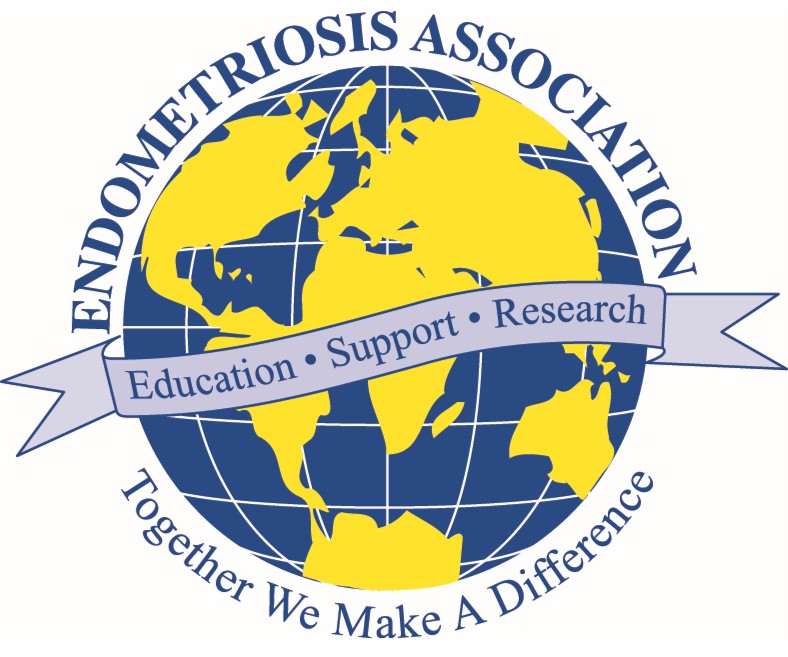Understanding and Managing Endometriosis in Teenagers: A Comprehensive Guide
Endometriosis is a condition that doesn’t discriminate by age, and teenagers are no exception. Understanding its impact and navigating its challenges are crucial for the well-being of affected teens. This guide delves into endometriosis in adolescents, from diagnosis to management, and offers insights into leading a balanced life despite the condition.
Understanding Endometriosis in Teenagers
Endometriosis occurs when tissue similar to the lining inside the uterus grows outside it, leading to pain, inflammation, and sometimes infertility. For teenagers, the symptoms can be particularly challenging, intertwining with the complexities of adolescent development. The hallmark sign is pelvic pain, especially during menstruation, that’s often more severe than typical period cramps. It’s not just the physical symptoms; the condition can profoundly impact a teen’s social life, mental health, and academic performance. Early diagnosis is pivotal, yet it’s often delayed due to the normalization of menstrual pain. Awareness and education are key in recognizing endometriosis early, which can lead to better management and outcomes.
Comprehensive Pain Management Strategies
Managing endometriosis pain in teenagers requires a multifaceted approach. Medical treatments, such as NSAIDs often the first line of defense, providing significant relief for many. However, medication is just one piece of the puzzle. Natural remedies, including heat therapy and acupuncture, alongside lifestyle adjustments like regular exercise, can also play a crucial role in managing symptoms. It’s important for teens and their caregivers to explore various pain management strategies to find what works best for the individual, always under the guidance of a healthcare professional. For more resources and support, visiting the Endometriosis Association’s page for teens can offer valuable information.
Navigating School and Social Life
Endometriosis can make school and social engagements daunting for teenagers. The unpredictability of pain can lead to absenteeism and hinder participation in activities they enjoy. Communication is vital—teens should feel empowered to discuss their condition with teachers and peers, seeking accommodations as needed. Creating an understanding environment at school and within their social circles can help lessen the burden and foster a supportive community around them.
Mental Health and Endometriosis in Adolescents
The chronic nature of endometriosis can take a toll on a teenager’s mental health. The constant management of pain, alongside the stress of coping with a chronic condition, can lead to feelings of isolation, anxiety, and depression. It’s essential for teens to have access to mental health resources and support systems, including counseling and support groups specifically tailored to young individuals with chronic health conditions. Encouraging open conversations about mental health and seeking professional help when needed are crucial steps in ensuring the overall well-being of teenagers with endometriosis.
A Guide to Dietary Changes and Exercise
While there’s no one-size-fits-all diet or exercise regimen for managing endometriosis, certain adjustments can help alleviate symptoms. Anti-inflammatory foods, such as omega-3-rich fish, leafy greens, and nuts, may reduce inflammation and pain. Similarly, regular, moderate exercise can help manage symptoms by improving blood flow and reducing stress. Each teen’s body is different, so it’s important to consult with a healthcare provider before making significant changes to diet or exercise routines.
In conclusion, navigating endometriosis as a teenager requires a comprehensive approach, encompassing medical treatment, lifestyle adjustments, and strong support systems. By fostering awareness, encouraging open dialogue, and providing access to resources, we can empower teenagers to manage their condition effectively and lead fulfilling lives.


Leave a Reply